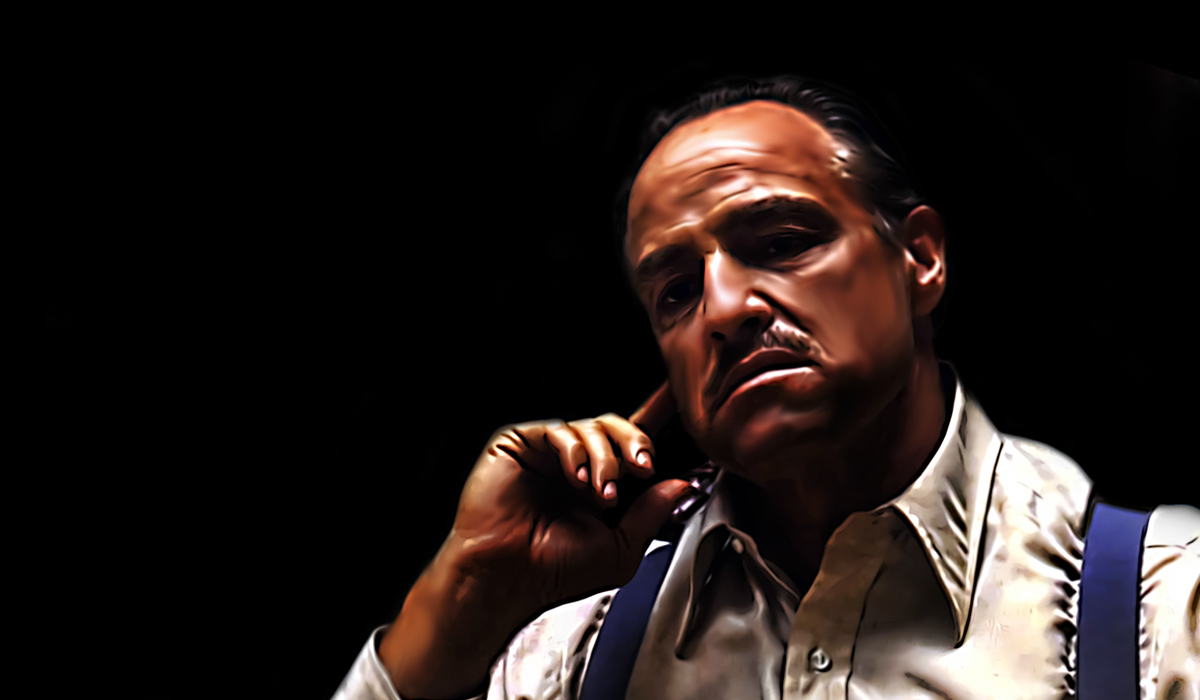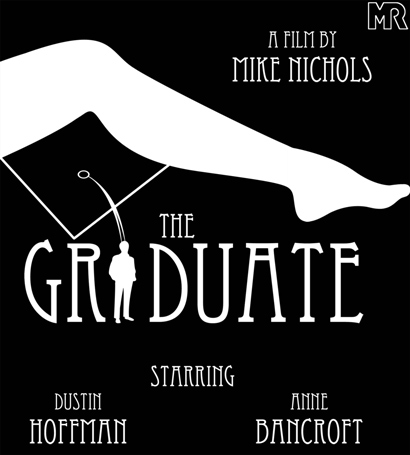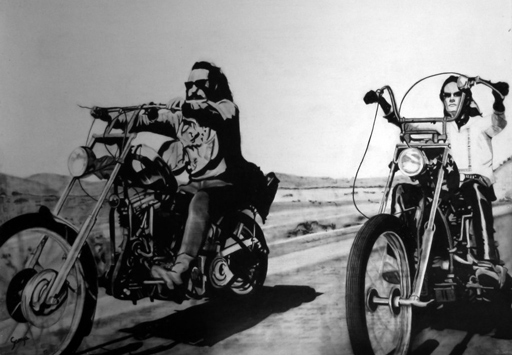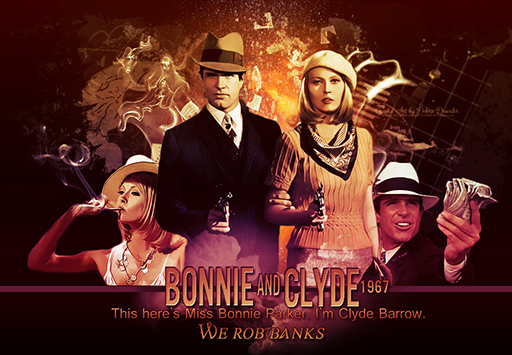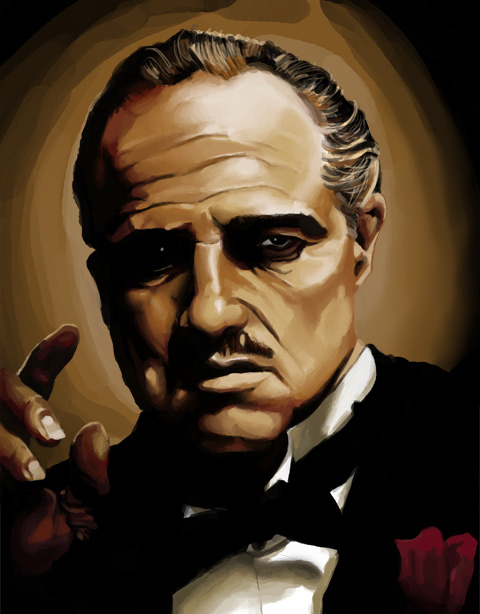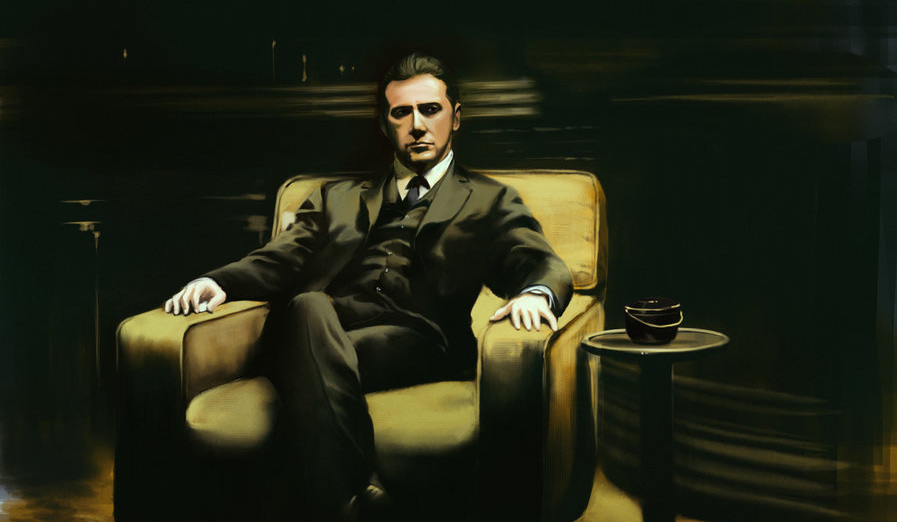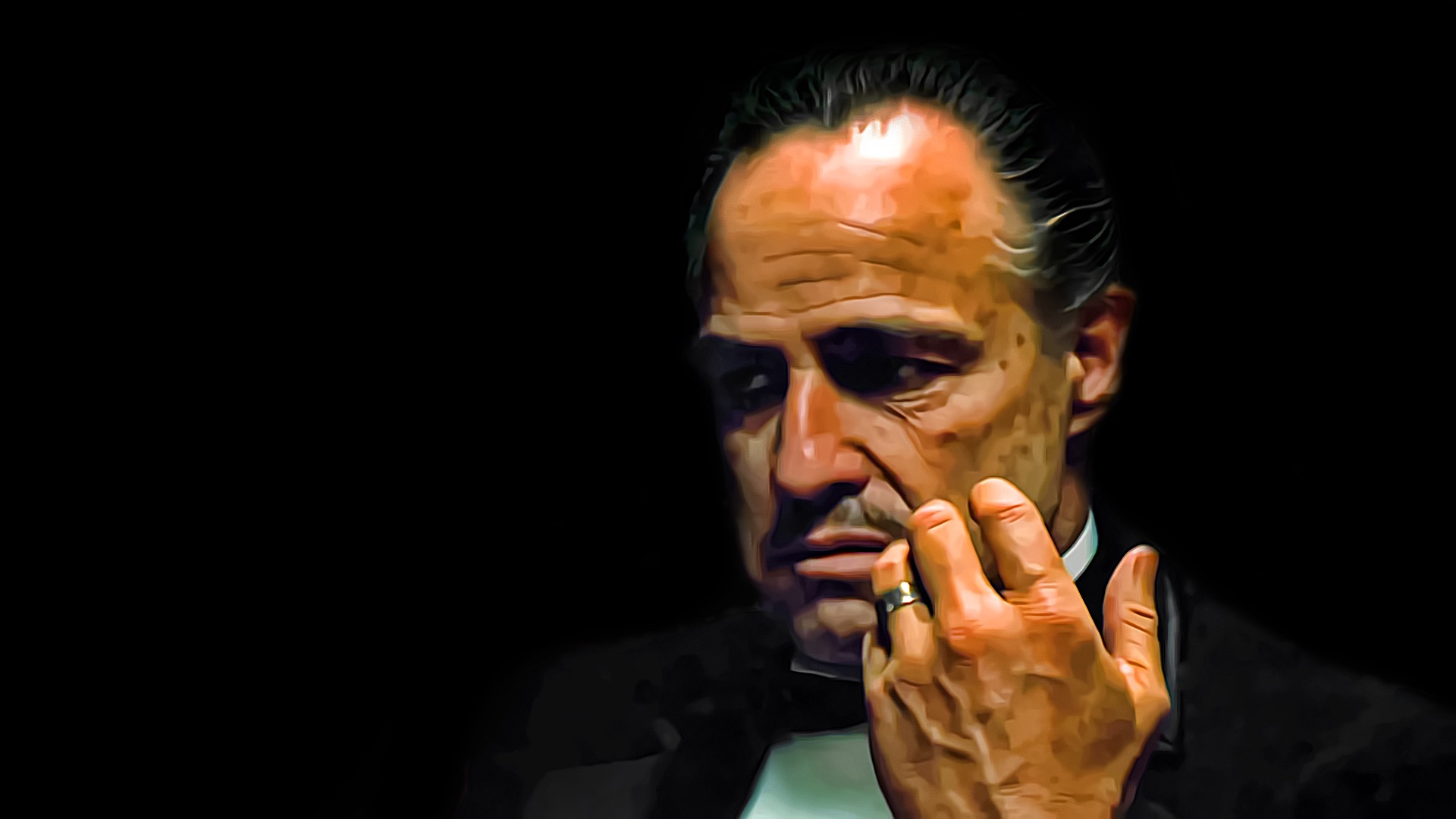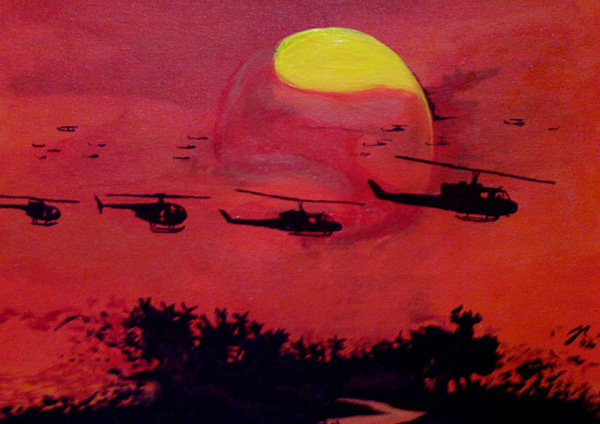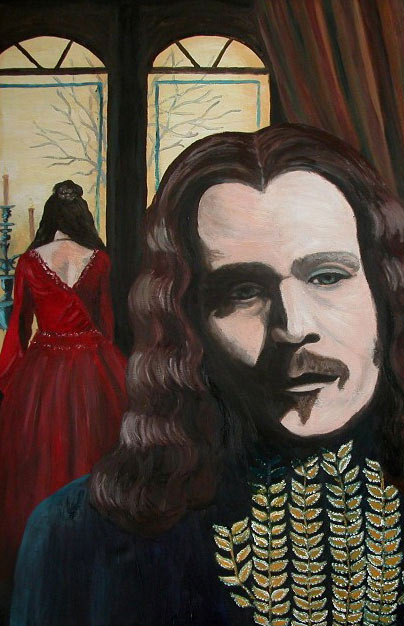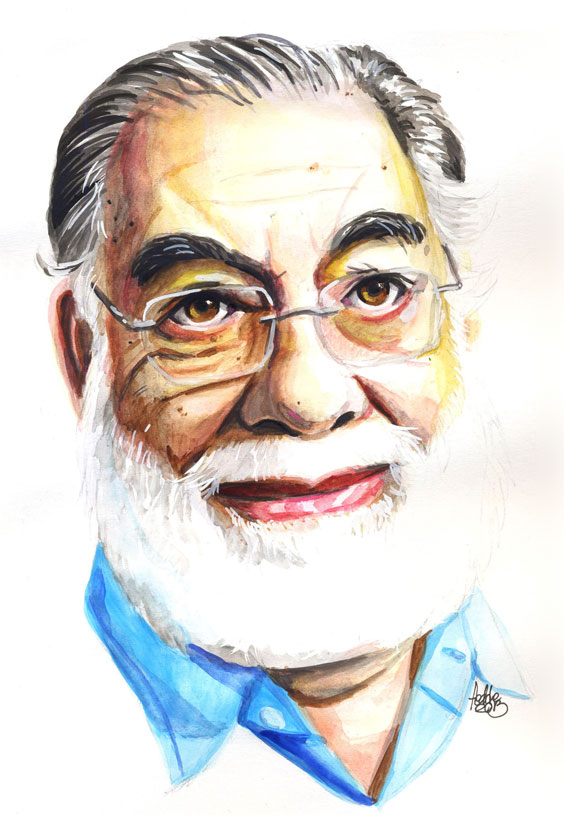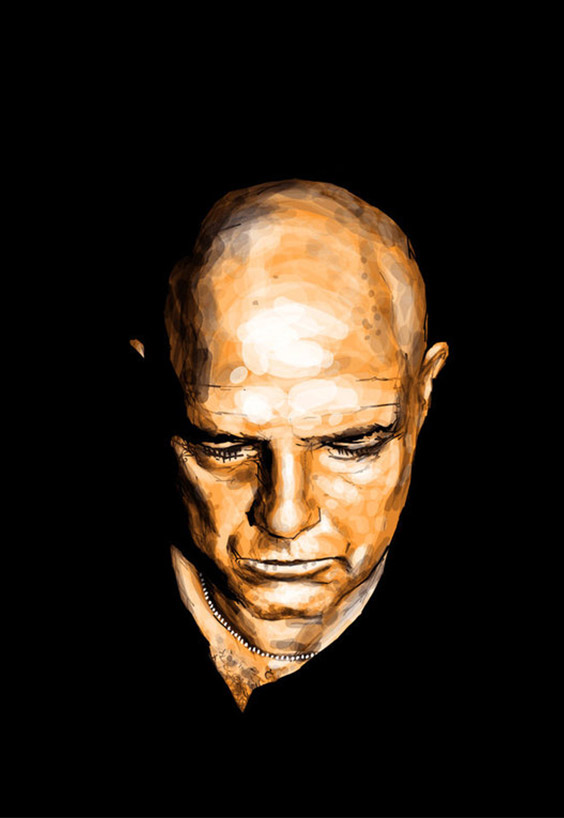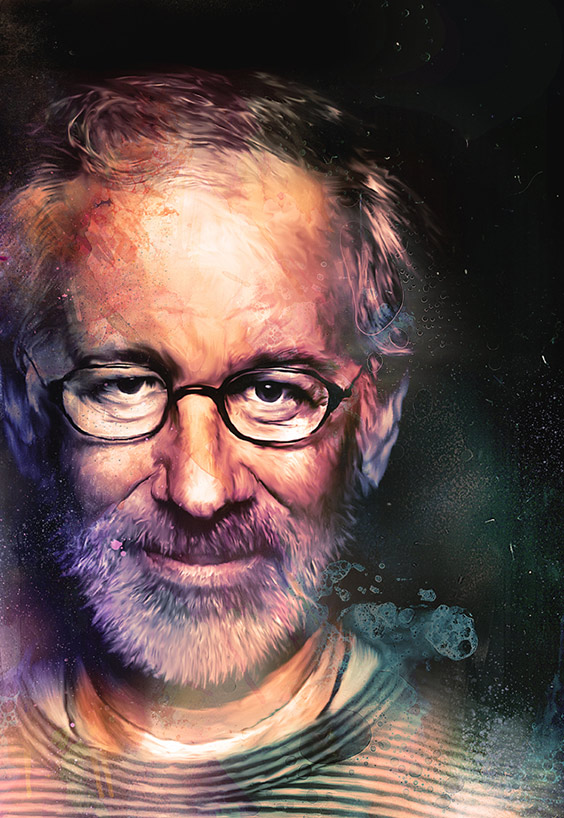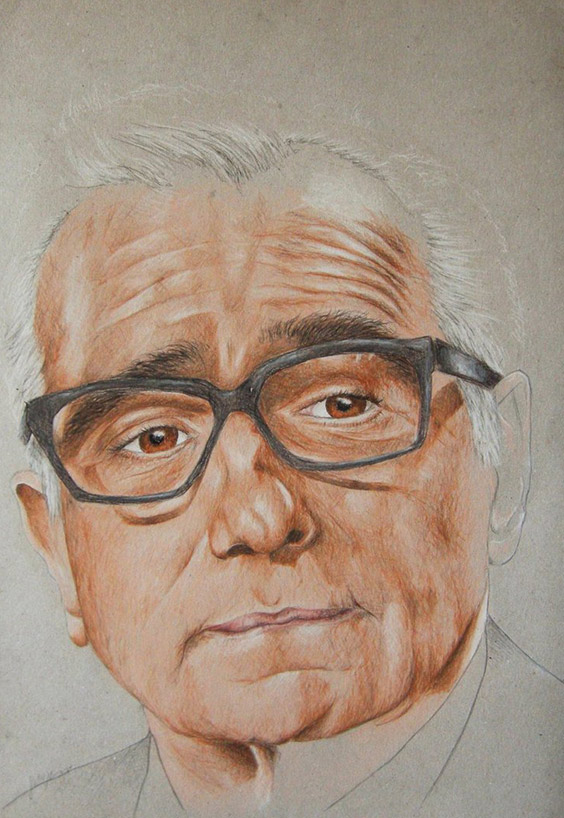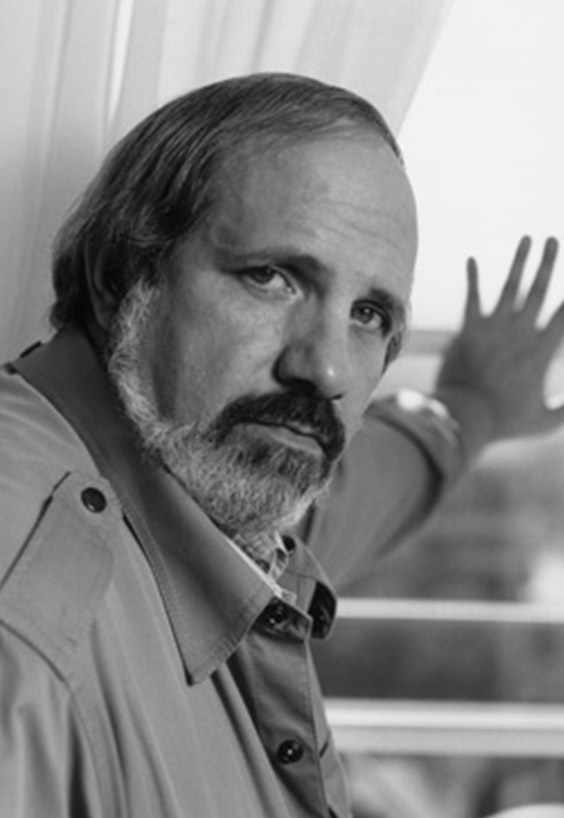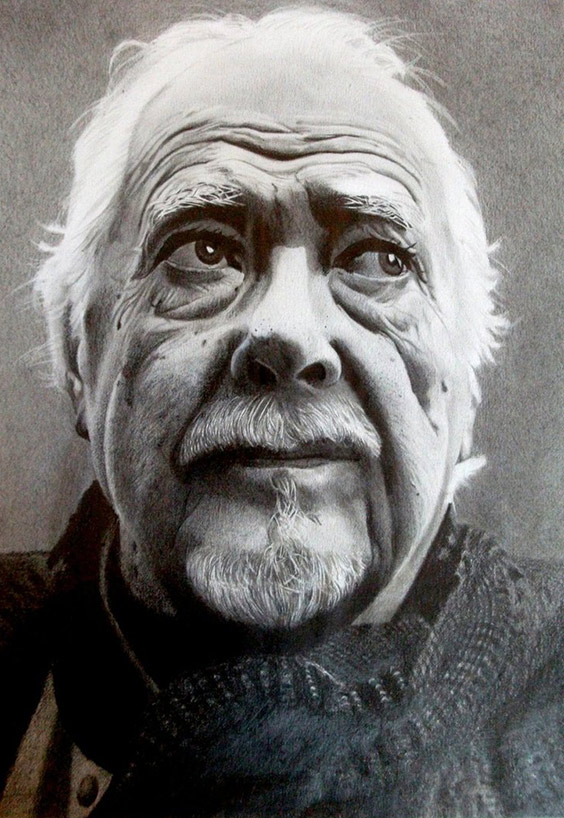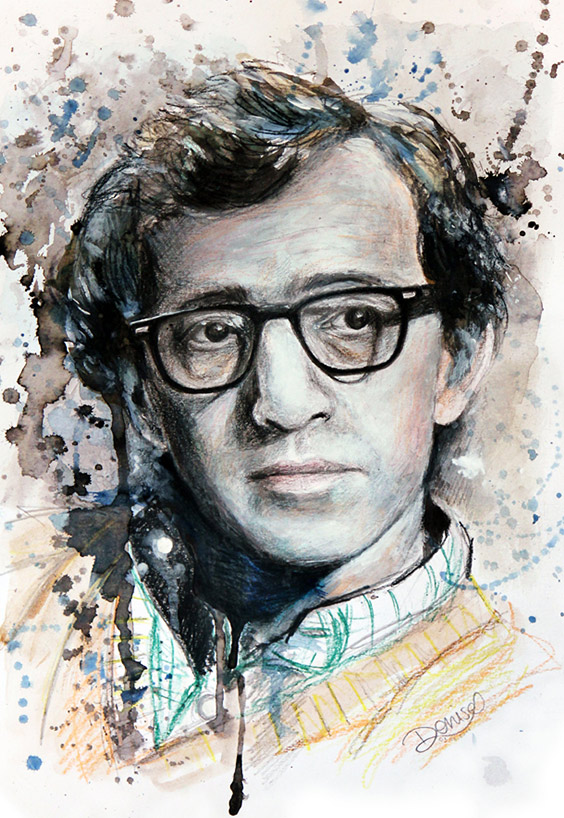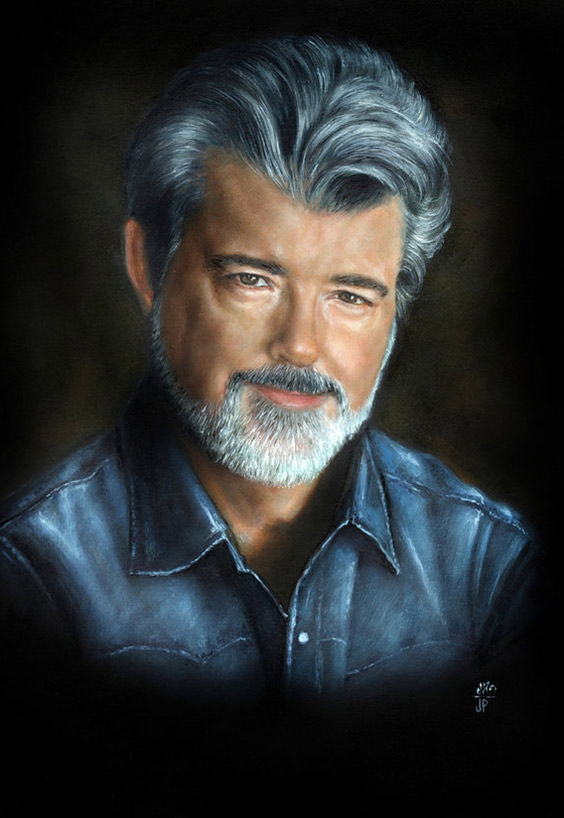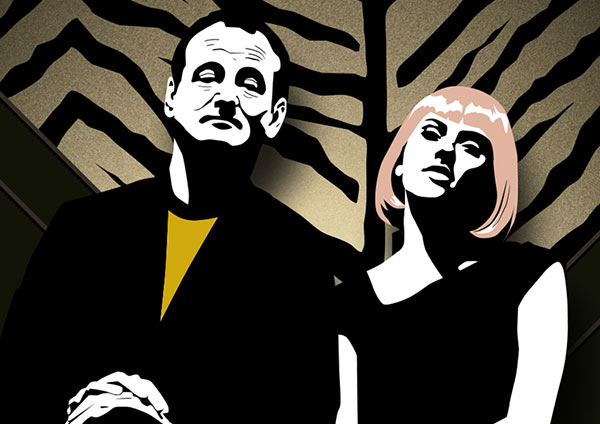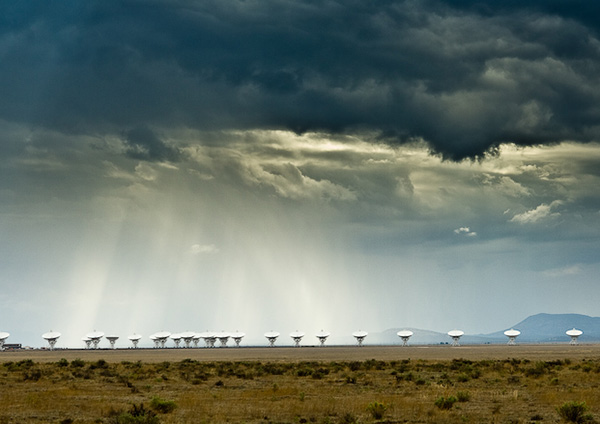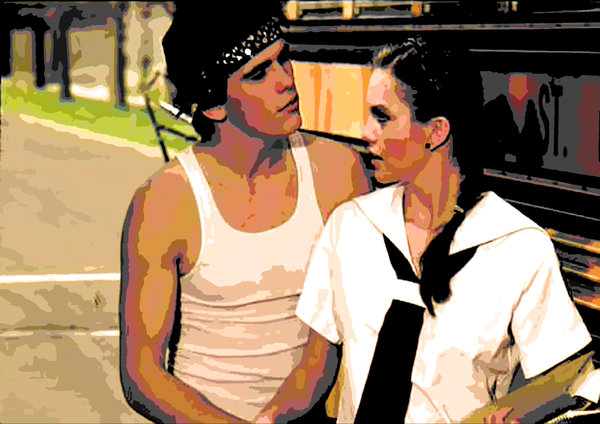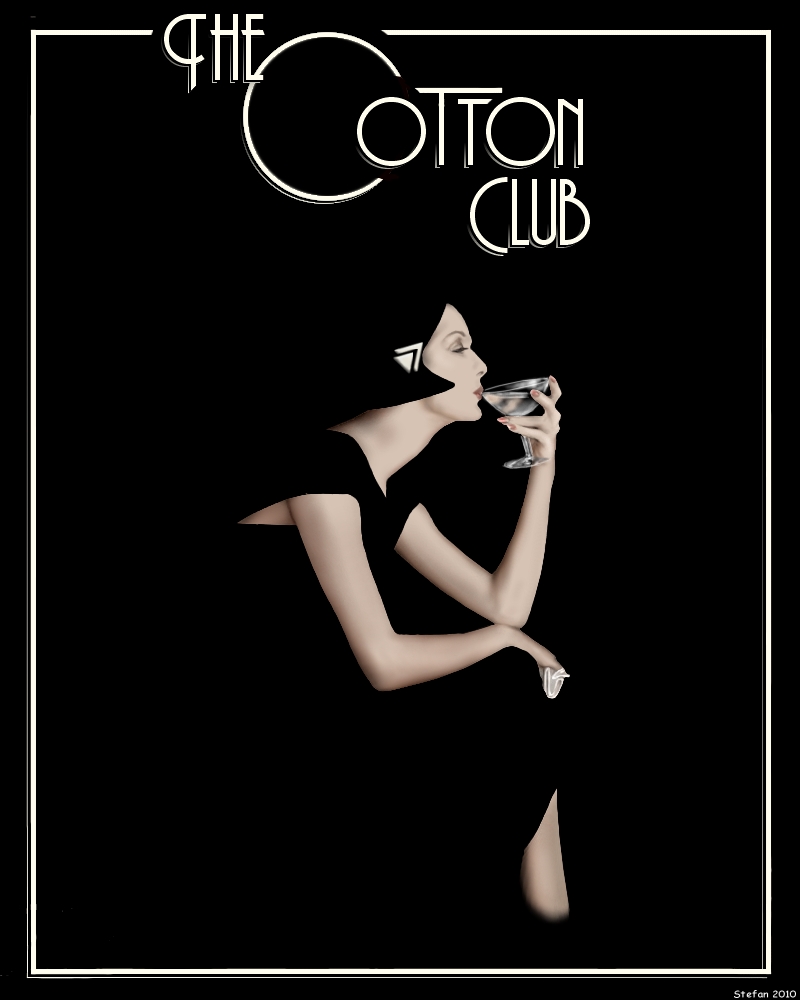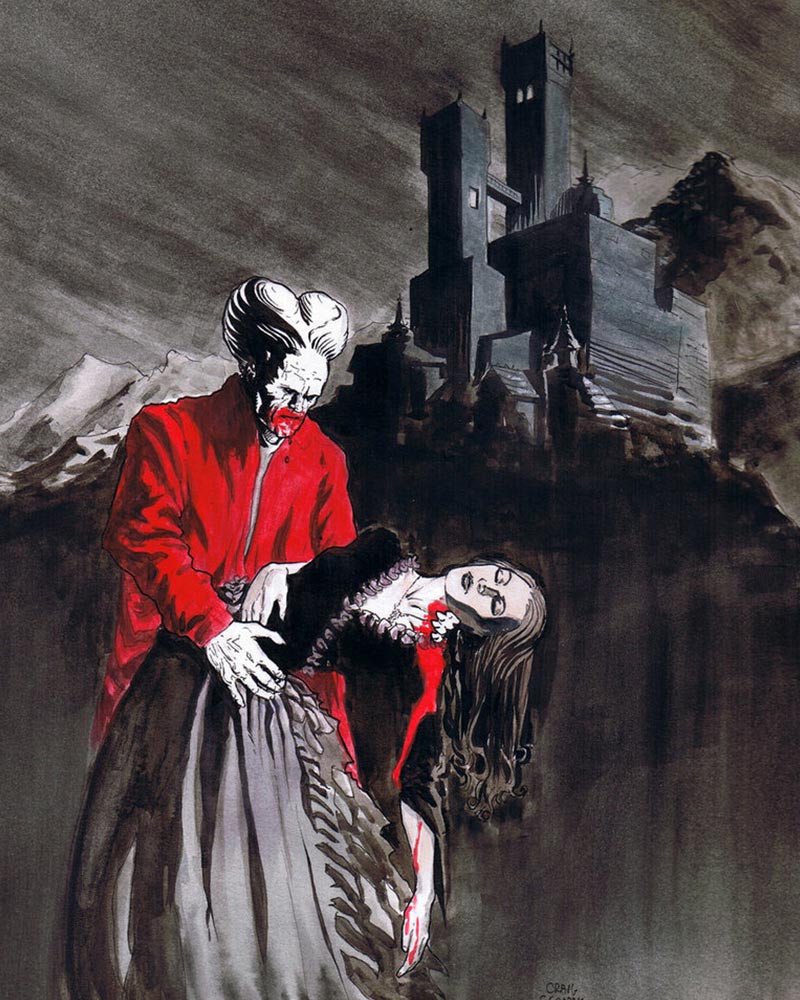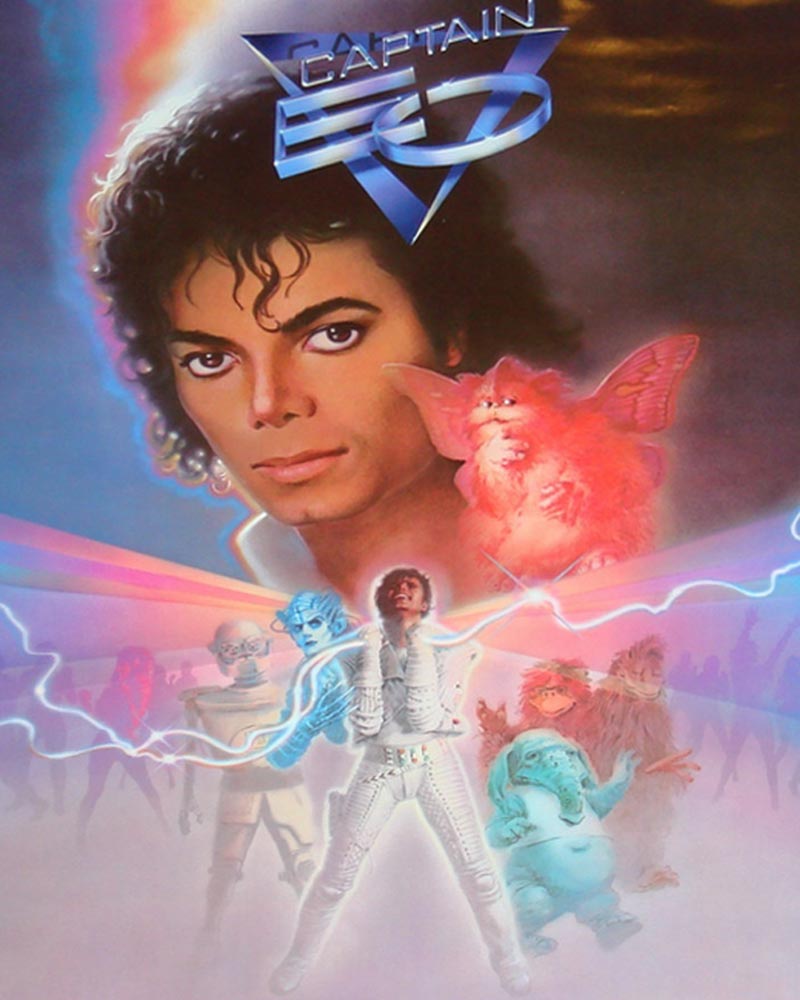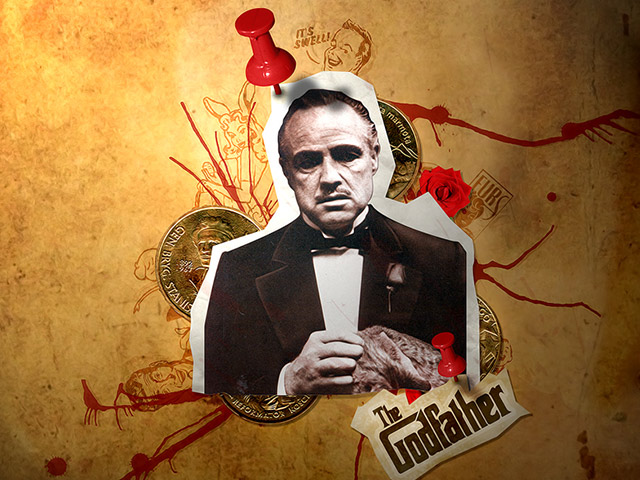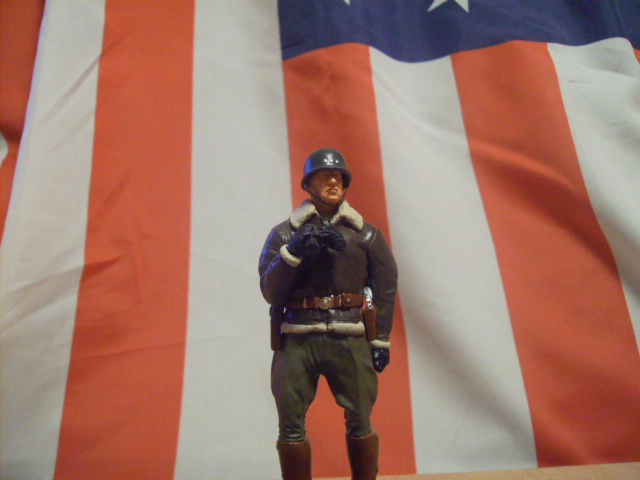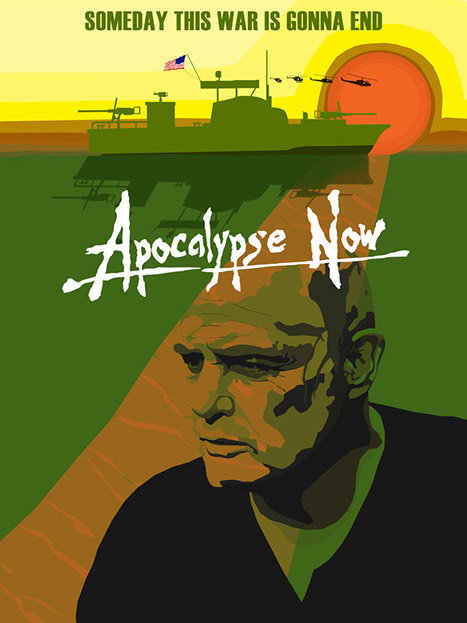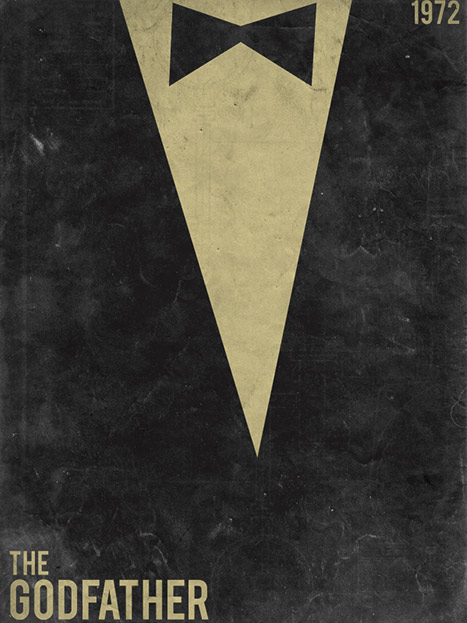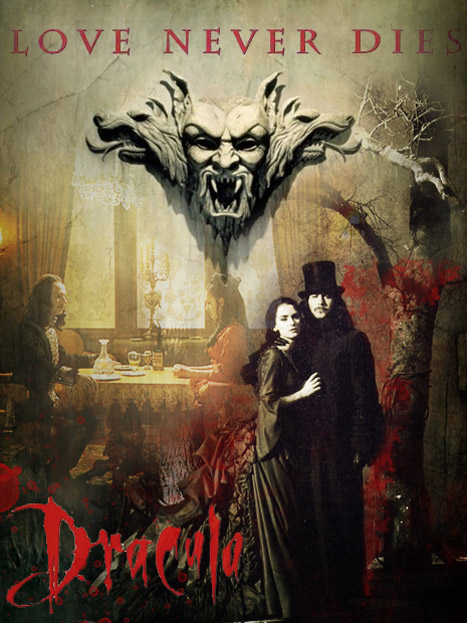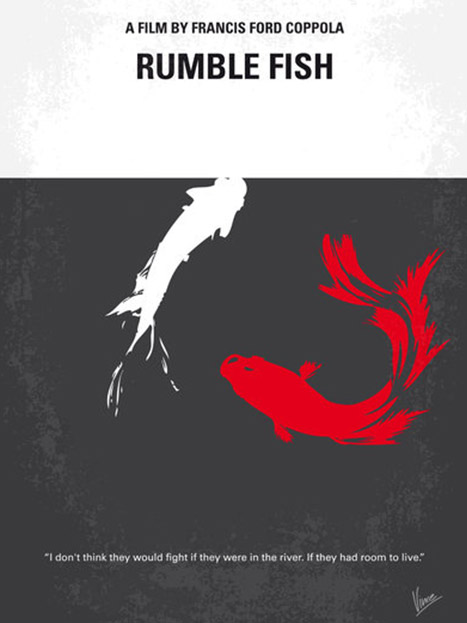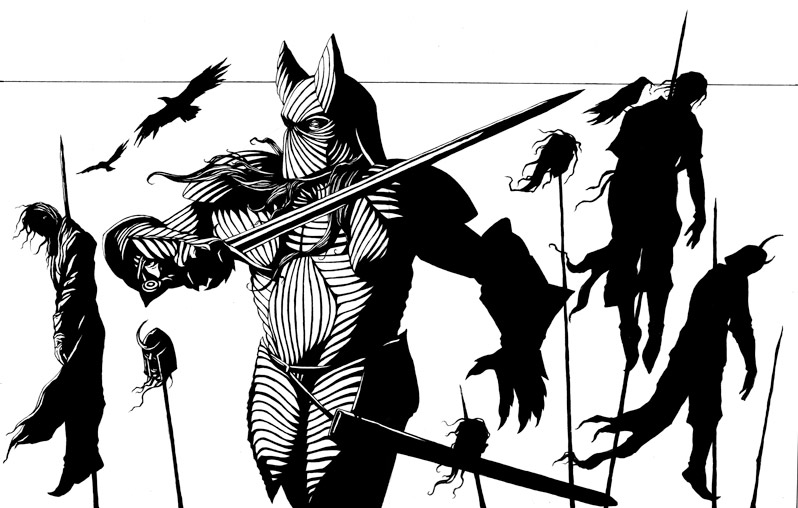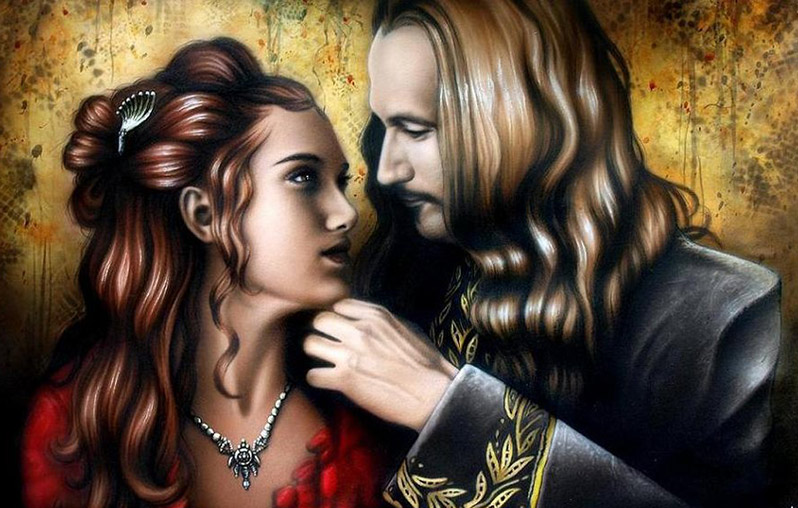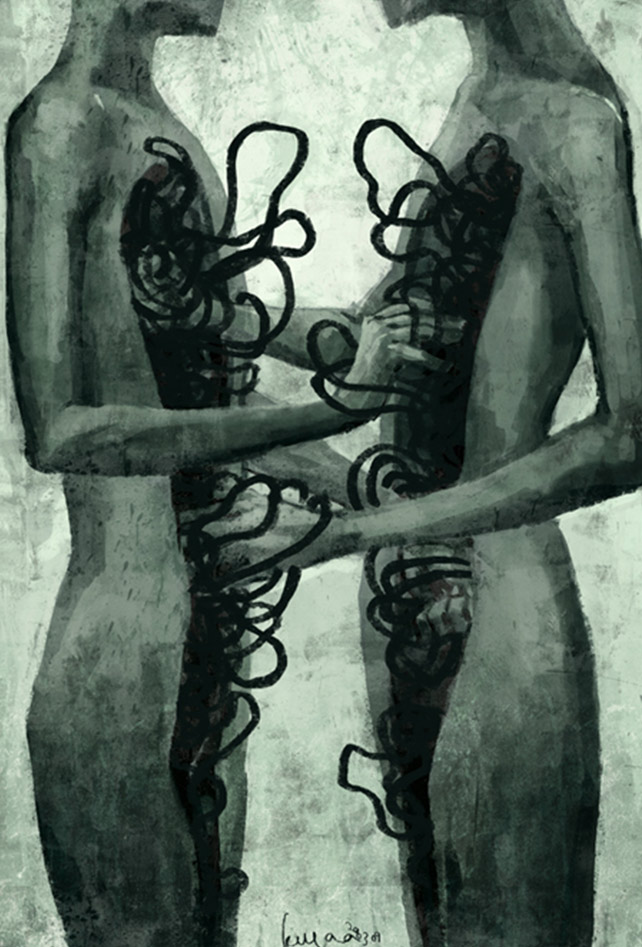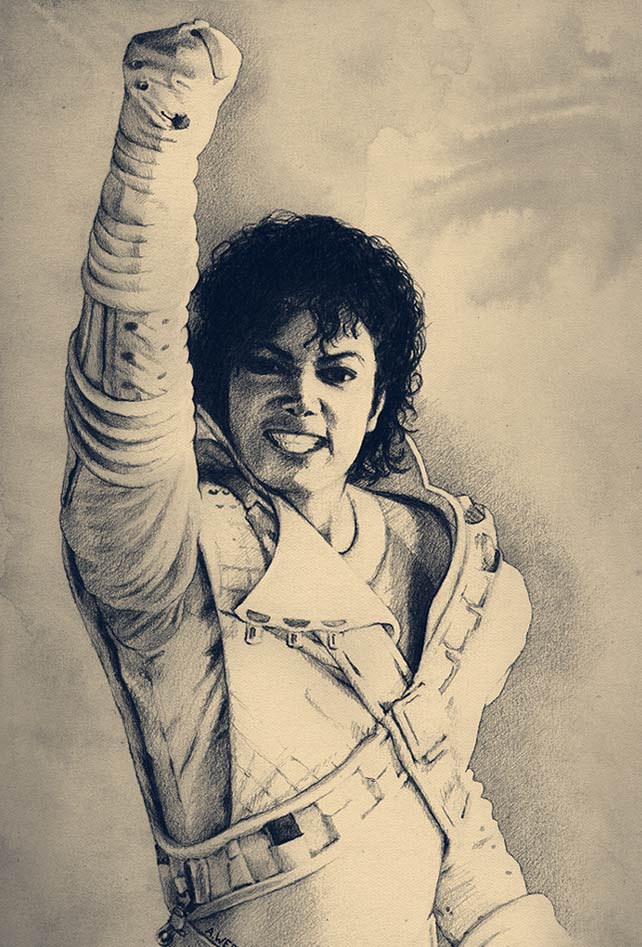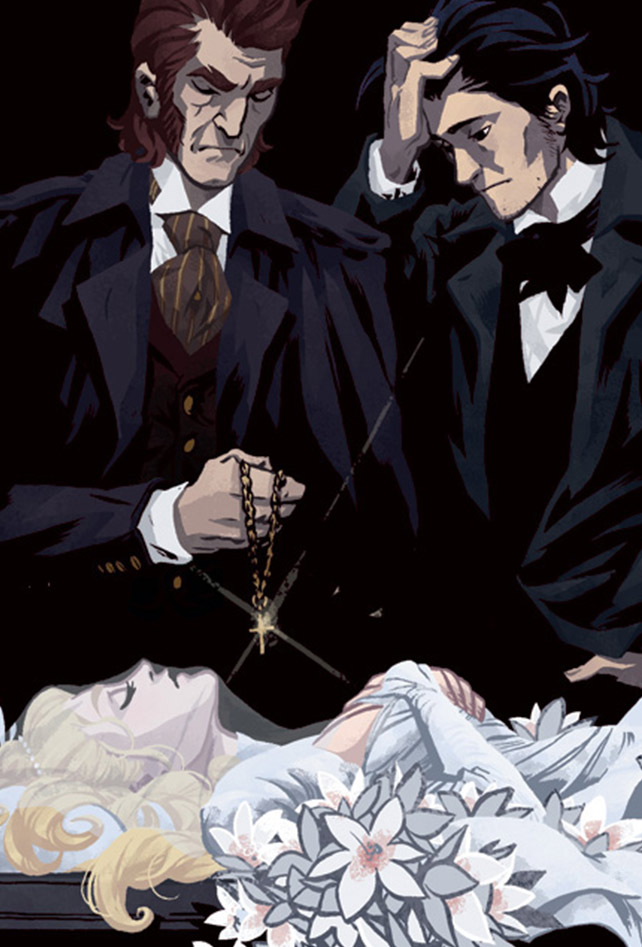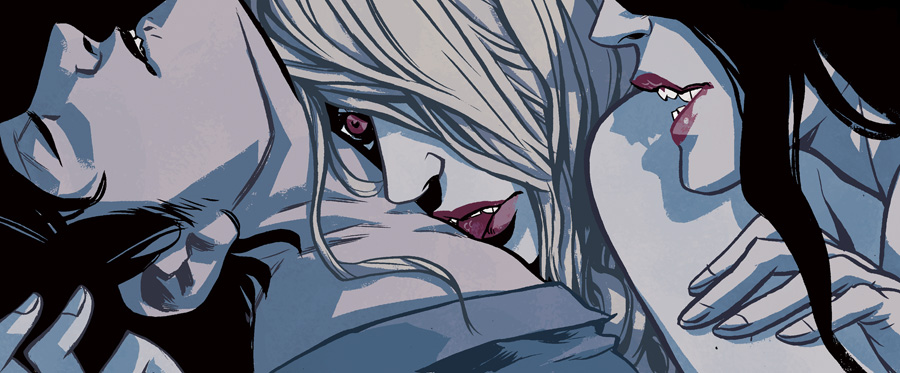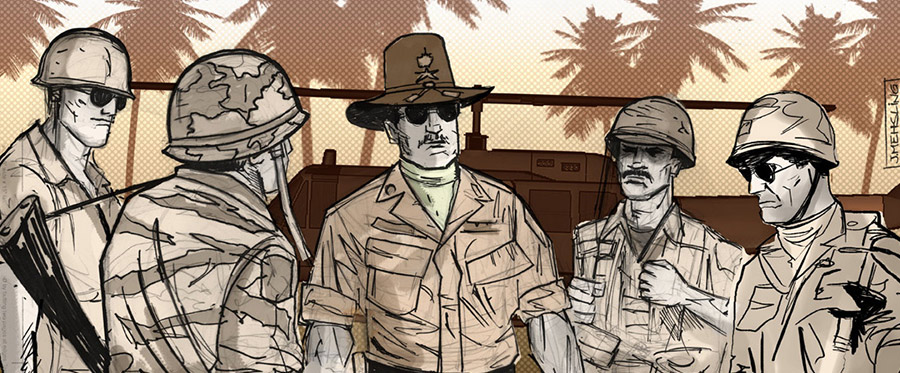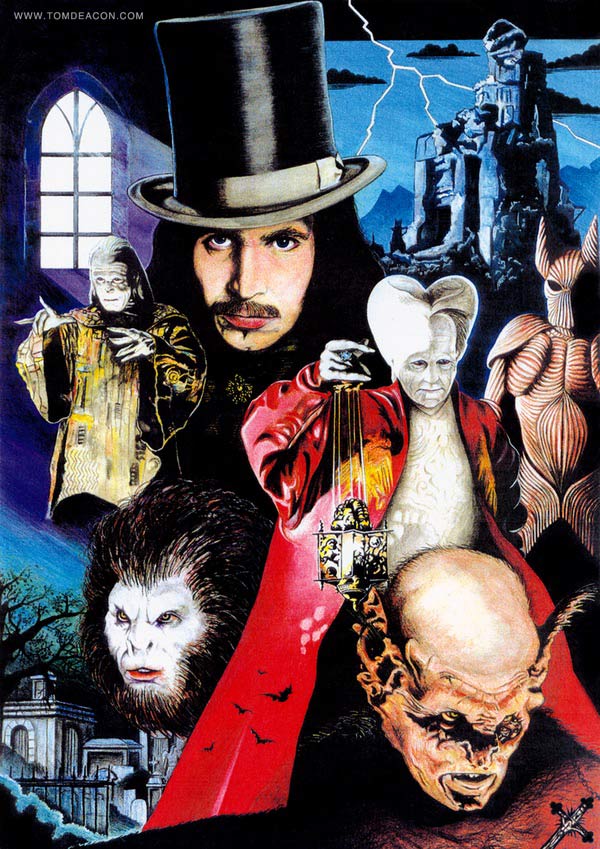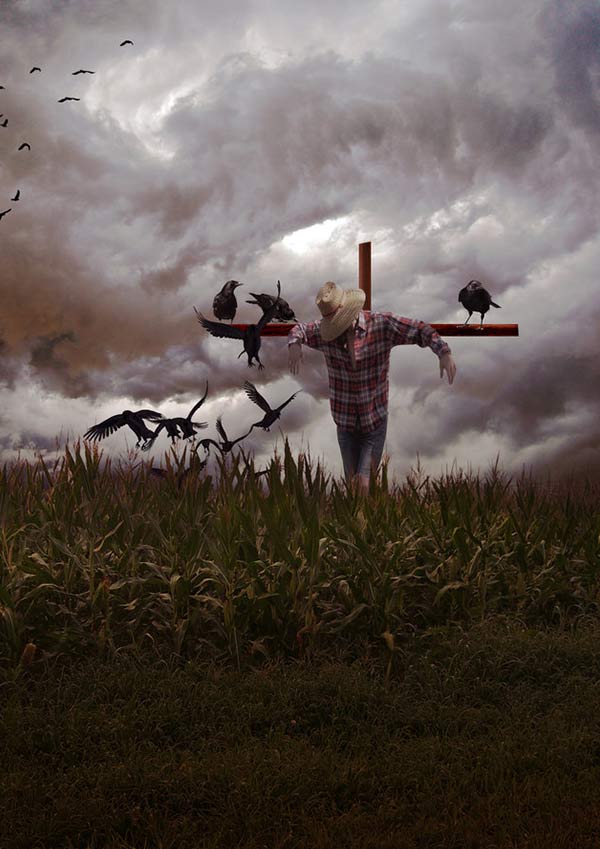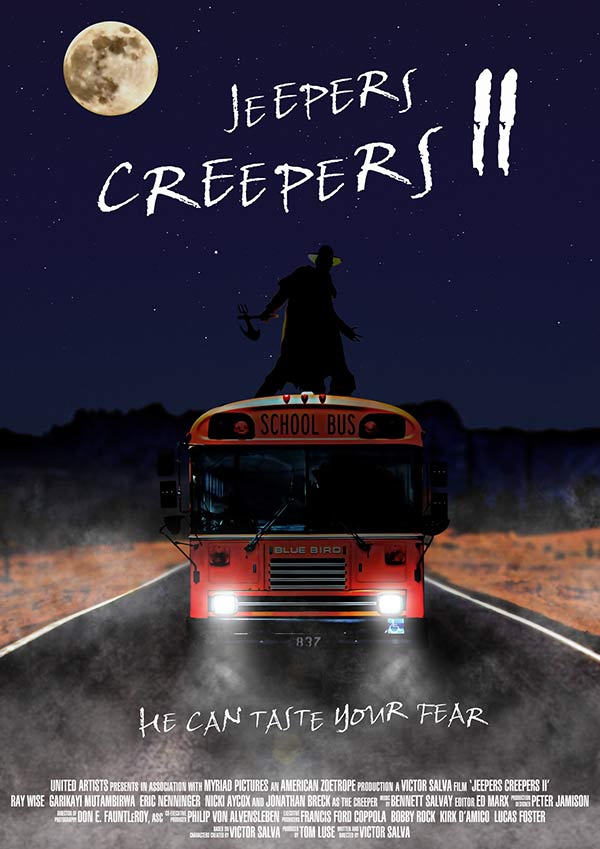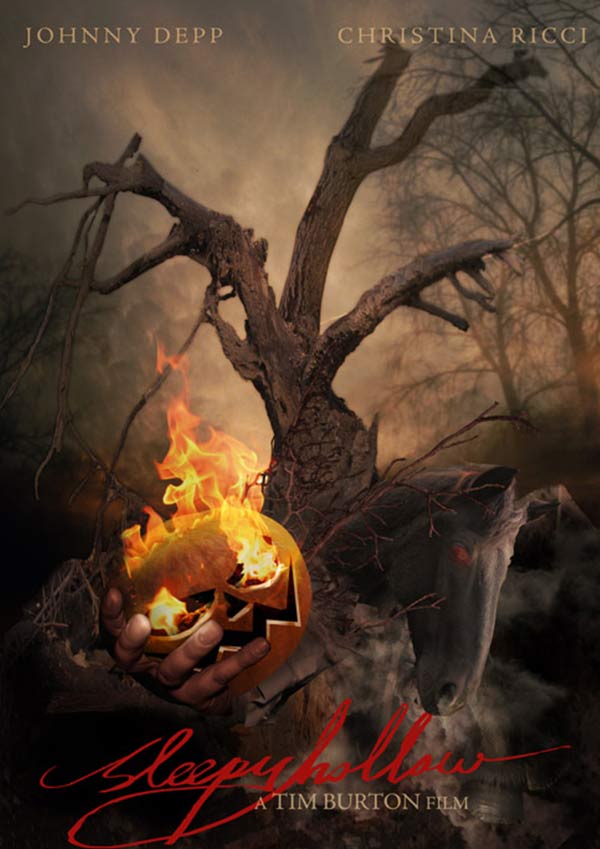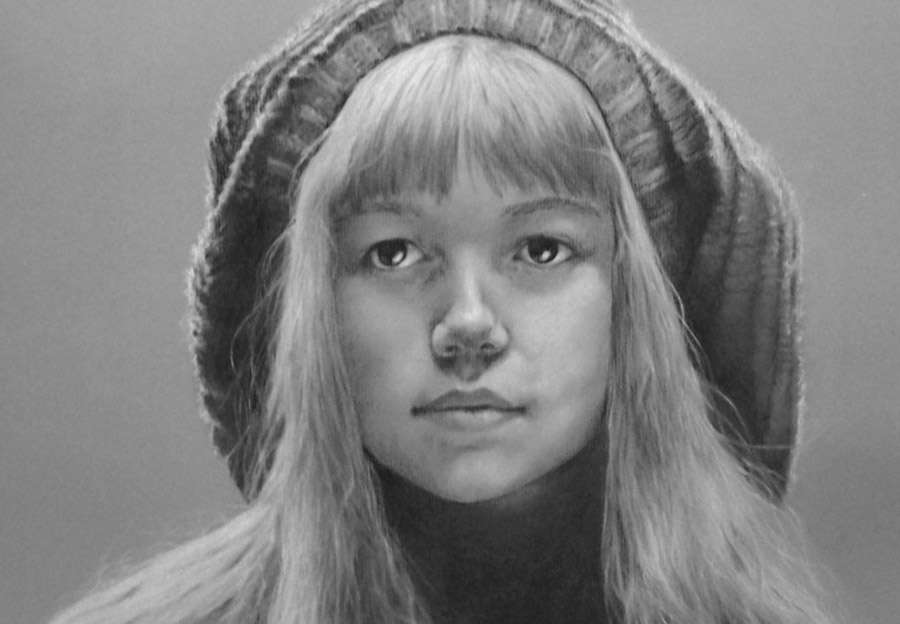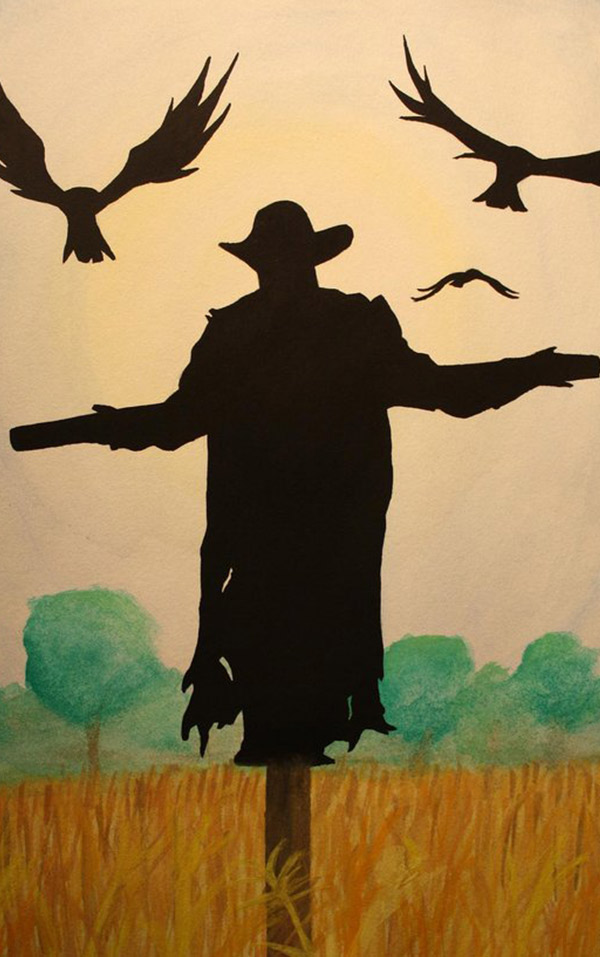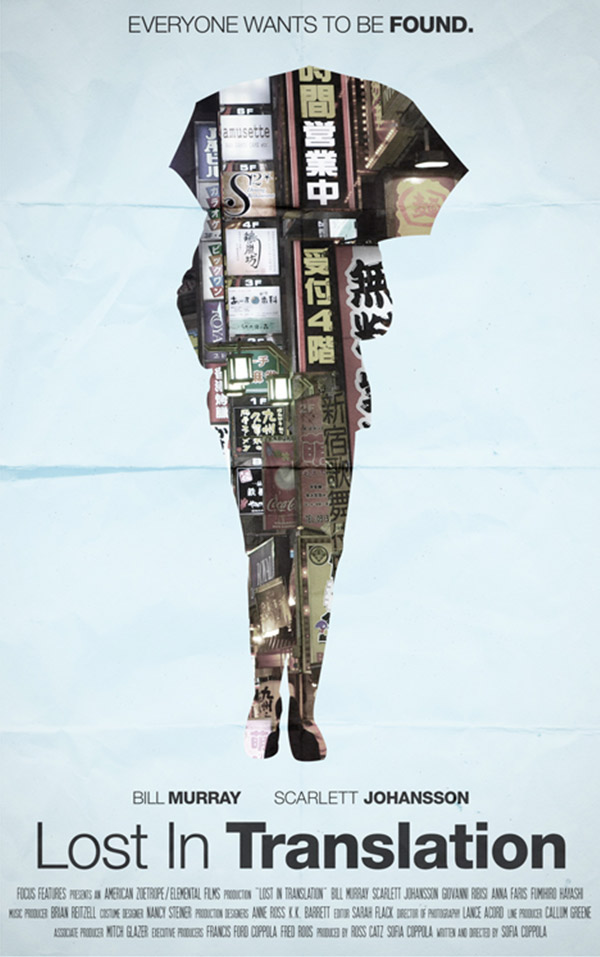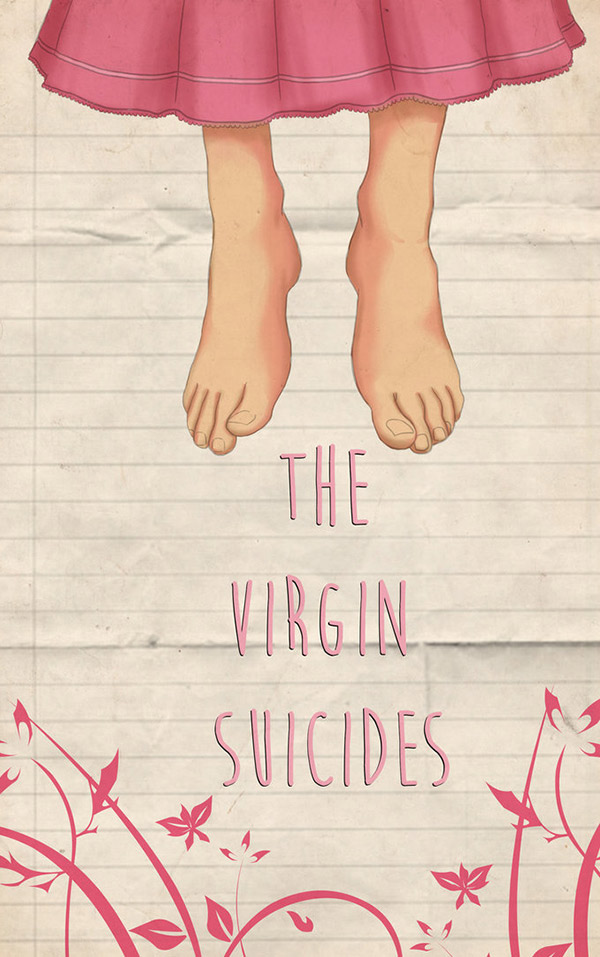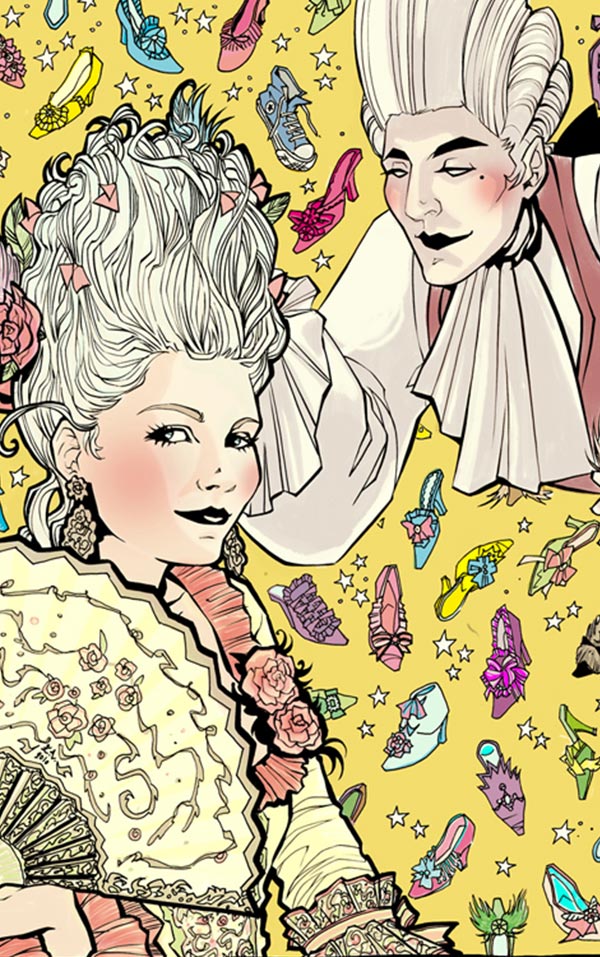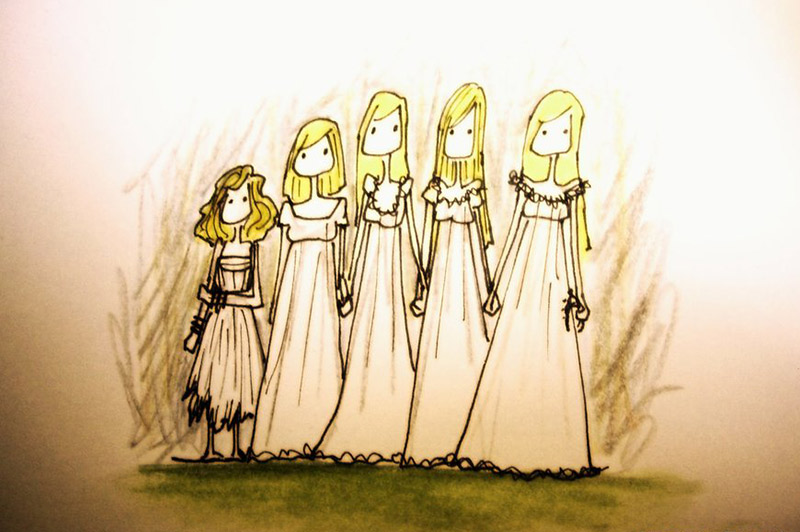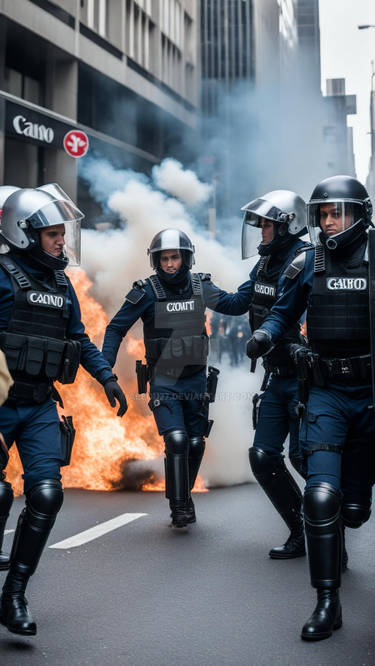
By the late 1960s, the big Hollywood movie studios had lost control over actual movie production.
Individual “executive producers” based at the “Big Five” increasingly cut deals with star independent producers, directors and, especially, movie star actors for percentages of profits. These “elements” had become indie players making their own deals. They were no longer company employees being paid salaries and assigned movie roles. Television was in its ascendancy and challenging the profitability of feature films. The fragmenting movie studios increasingly rented out their facilities and personnel to service TV production. The bottom line was that the studios no longer decided what movies were getting made. They were forced to go with the flow of the times.
Some lamented this passing of the Golden Age of American moviemaking. But for others, the brief period of film anarchy before the studios finally reassembled and took back total control, was “The New Hollywood” — in which movies took a turn for the artistic over the commercial, and stories that really “meant something” could be told. This New Hollywood that gave so many dreamers and innovators so much hope for movies becoming a truly elevated art form lasted from roughly 1967 to 1982. No single individual represents the Rise, Reign and Fall of the New Hollywood as the young screenwriter out of UCLA Film School, Francis Ford Coppola. He would symbolize, and often sponsor and mentor, the new generation of filmmakers, who were students rather than salesmen of movies, arts school majors rather than street–wise pitchmen. Coppola became their “Godfather.”
Three films epitomized New Hollywood: “Bonnie & Clyde” (1967), “The Graduate” (’67) and “Easy Rider” (’69).
Movie star actor Warren Beatty produced “B & C,” which shocked some critics with its bloody violence and offended others with its very choice of making criminals the anti–hero protagonists of a movie. “The Graduate” made Dustin Hoffmann, a short “ethnic–looking” actor, a major movie star leading man. Talented performers who once would have filled supporting roles as “character actors” could be stars in New Hollywood. “Easy Rider” represented total anarchy committed to film. Simply put Peter Fonda, Dennis Hopper and Jack Nicholson on motorcycles, provide camera and drugs, and let them improvise a story as they shoot and ride. So much for any studio production or business model.
At Paramount in 1971,
Production head Robert Evans wanted an Italian director to create in “The Godfather” an “ethnic to the core” film. But a film authentically depicting the real “mafia” was considered a no–win proposition. American Italians would be offended by being tarred with the mafia brush. There was also the risk of making heroes out of gangsters. Executive Peter Bart had over a dozen directors turn down “The Godfather.” Coppola didn’t like the Mario Puzo novel the movie was to be based on, but needed the work to get himself out of a serious debt situation. He reluctantly signed on. Both Puzo and Coppola wanted Marlon Brando to be the Godfather. Paramount didn’t trust the erratic eccentric actor and preferred the more reliable Ernest Borgnine. Only when Brando acceded to a filmed audition, to working for a percentage and no salary, and to putting up a bond against any delays in filming he might cause, was he nervously given the part.
From day one of production, Coppola fought a war with Paramount.
He was constantly threatened with being fired and replaced. The studio was not used to having its “advice” so cavalierly disregarded by a director. Only Brando’s threat of quitting should Coppola be fired is rumored to have saved the director’s job. “The Godfather” became a high–stakes showdown between the now quintessential New Hollywood independent director and the last of the powers that be still wed to the “proper” studio way of doing things.
“The Godfather” was released in March of 1972. Coppola had won. The critics and the public were unanimous in their enthusiasm for what was recognized as an instant American cinema classic on the same level as “Citizen Kane” and “Casablanca.” Coppola had re–worked and re–envisioned a pulpy sensationalist novel into a modern mythic fable about the immigrant experience of suffering, rejection and struggle eventually triumphing in assimilation and acceptance into American society. Crime is not glorified but a necessity for survival. The immigrant dream is not to carve out ghettos to rule over as crime lords—but instead to as quickly become “real Americans” as possible, so that the initial “survival crimes” can be forgiven and forgotten.
For the next ten years, Francis Ford Coppola would be the symbolic “godfather” at the lead of all the New Hollywood rebels who followed in his wake. Responsible for such notable films throughout his career starting with ‘Finigan’s Rainbow’, ‘Rumble Fish’, ‘Bram Stoker’s Dracula’, ‘The Conversation’, and even Michael Jackson’s 3D short film, ‘Captain EO’ that played at Disneyland for 12 years. But largely unknown to his fans and colleagues alike, Coppola, even with all his cinematic success, was his constantly facing a personal economic Armageddon. The vulnerable soft white underbelly of the otherwise well-armored Coppola movie–making machine was “Zoetrope.”
Zoetrope was to be Coppola’s new style of movie studio.
One in which directors and other artists, not producers and other “money men” called the shots in film production. Coppola reputed sunk almost $7—million of his own money into purchasing a plot of land in L.A. to raise this dream studio upon.
American Zoetrope was founded by Coppola with his then protege George Lucas. Lucas’ first film THX1138 was released under the banner and became just Zoetrope Studios with the release of Apocalypse Now in 1979. He later switched it back to American Zoetrope in 1991 and has remained under that banner ever since.
Aside from George Lucas and Coppla’s own films, Zoetrope produced films from Jean–Luc Godard, Wim Wenders, Akira Kurosawa, Paul Schrader, Caleb Deschanel, Norman Mailer, Kenneth Branagh, Tim Burton, Robert DeNiro, and his daughter Sofia Coppola. The studios films influence was incredibly palpable in Hollywood. Many other productions and directors at the time tapped into this new zeitgeist to be inspired to elevate their projects.
But the conglomerate corporations buying up the shells of the movie studios were not amused. They pulled every trick in the book to block Coppola’s forward progress. Things ended dishearteningly for New Hollywood”s “Godfather” and most combative visionary. Facing losing his home and his California wine vineyard to bankruptcy, he ended up selling his dream, his Zoetrope facility, to studio representatives and going to work for the studios as a contract director on mundane fare like “Peggy Sue Got Married” in order to keep his financial head above water.
By 1982, Old Hollywood had found a formula for its way back to hegemonic rule over movie production. Ironically, the film that shone a beacon on the path back to total control was “Star Wars” in 1977, with Coppola’s and partner in Zoetrope, George Lucas, directing. The summer action–adventure tent–pole blockbuster for financing the rest of the year’s movie slate was the new magic formula. It worked well. The studio execs were back in command. Coppola and the New Hollywood insurgents had been routed by one of their own. Coppola having paved the way for Lucas and Spielberg’s success had also poured the foundation of his companies own decline. Gone were the artfully produced movies he had dreamed of and they were replaced with the summer blockbuster initiated by his own student.
The New Hollywood may have been doomed from the beginning.
The concept of artists’ controlling film production is based on the idea that the public would really like to spend their hard–earned dollars on superior films—as designed by the artist experts themselves, and not the as–cheap–to–produce–as–possible junk food movies preferred by the studio salesmen. Maybe this was a fundamental error in perception. Maybe, if given the choice, 9 out of 10 Americans would still prefer dining at McDonalds rather than a 4–star restaurant…
Maybe the general public wasn’t there to support Coppola because maybe they just weren’t quite in agreement that they wanted the new dawn in cinema he was offering them. Coppola’s Zoetrope can then be seen not as a failure, but as being just a little before its proper time. We can still dream of a day when “The Godfather” sets the minimum standard in what we can expect in a movie.
FeatureD Gallery
Your Thoughts
- Would you consider “The Godfather” to be the best movie ever made in America? Are there others you would consider better?
- Do you prefer the more experimental, idiosyncratic and thought–provoking dramas of the 1967—1980 period of American filmmaking or the more blockbuster superhero and light romance and comedy fare so prevalent today?
- Should movies have to make you think or should they be simply releases for taking a break from thinking? Should there need to be a healthy balance of serious and silly offerings?
- Do you think the “myth–making” quality of fictions like “The Godfather” teaches more about actual history than facts and figures in history books?
